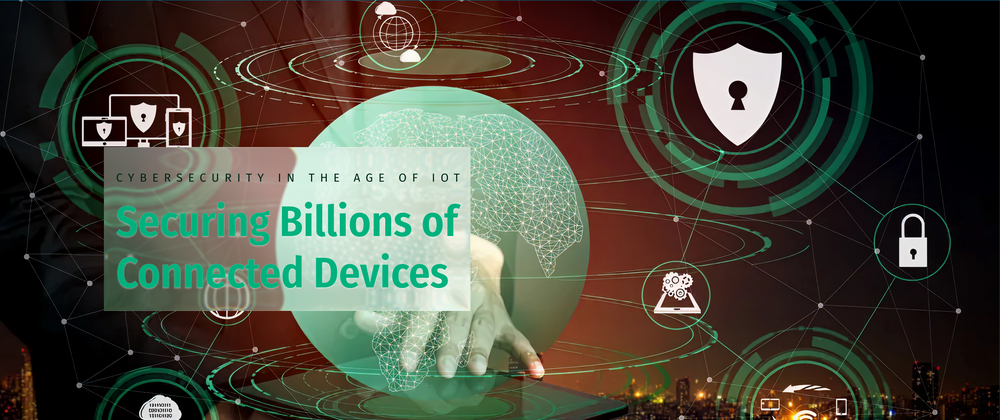The Internet of Things (IoT) has transformed the way we live and work. From smart thermostats and wearable health trackers to connected cars and industrial sensors, billions of devices now share and exchange data seamlessly. By 2025, experts predict there will be over 75 billion IoT devices worldwide a massive leap that brings convenience, efficiency, and innovation.
But with this explosion of connectivity comes an equally massive challenge: securing these devices from cyber threats. In an age where a single compromised IoT device can serve as a gateway to an entire network, cybersecurity has never been more critical.
Why IoT Devices Are Prime Targets
IoT devices are often designed for functionality first, with security as an afterthought. That leaves them vulnerable in several ways:
- Weak or default passwords that attackers can easily guess.
- Unpatched software vulnerabilities due to infrequent updates.
- Limited processing power that restricts robust security features.
- Wide attack surface as devices are deployed in homes, offices, and public spaces.
A hacked IoT device can be used for anything from data theft and surveillance to DDoS attacks (as seen in the Mirai botnet incident).
Key IoT Cybersecurity Risks
- Device Hijacking – Hackers take control of devices to disrupt operations or steal data.
- Man-in-the-Middle (MITM) Attacks – Intercepting and manipulating communications between devices.
- Data Privacy Breaches – Sensitive personal or business data leaked through insecure connections.
- Botnet Recruitment – Infected devices become part of a massive cyberattack network.
- Physical Tampering – Attackers gaining direct access to hardware.
Best Practices for Securing IoT Devices
1. Strong Authentication & Access Control
Require unique, complex passwords and implement multi-factor authentication (MFA) for administrative access.
2. Regular Software Updates
Enable automatic firmware updates to patch vulnerabilities as soon as fixes are released.
3. Network Segmentation
Separate IoT devices from core business or personal networks to minimize damage in case of compromise.
4. Data Encryption
Use end-to-end encryption for data both in transit and at rest to prevent interception.
5. Continuous Monitoring
Leverage IoT-specific security platforms to detect unusual patterns or unauthorized activity in real time.
6. Vendor Security Assessment
Before purchasing devices, verify the manufacturer’s security track record and commitment to long-term support.
Emerging Solutions for IoT Security
- IoT Security Gateways – Act as a security layer between devices and the internet.
- AI-Powered Threat Detection – Identifies anomalies faster than traditional systems.
- Blockchain for IoT – Enhances device authentication and data integrity.
- Secure Boot Mechanisms – Ensures devices only run trusted software.
Final Thoughts
The age of IoT offers unprecedented convenience and productivity but it also creates an enormous security challenge. Protecting billions of connected devices requires a multi-layered approach, combining strong device-level security, robust network defenses, and ongoing vigilance.
For businesses and consumers alike, cybersecurity must be built into IoT ecosystems from the ground up. As the number of connected devices skyrockets, taking action today can prevent tomorrow’s crises.





Top comments (0)